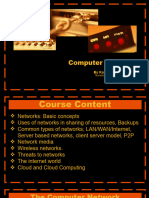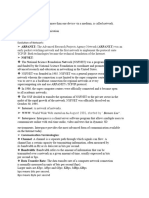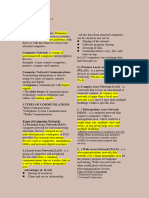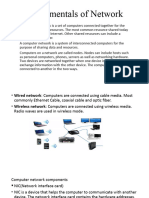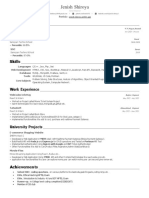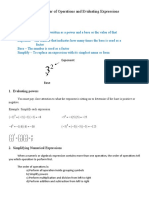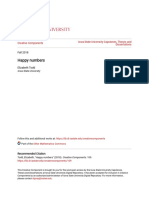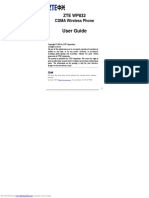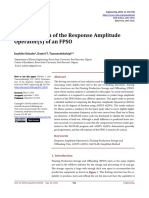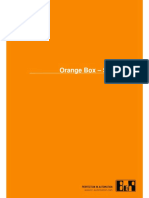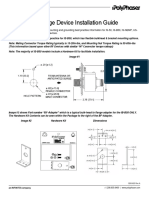0% found this document useful (0 votes)
27 views9 pagesUnit - 3 Computer Network
Chapter 5 provides an overview of computer networks, detailing their types, advantages, and essential networking devices. It categorizes networks into PAN, LAN, MAN, and WAN, and discusses various devices like modems, routers, and switches that facilitate communication. Additionally, it covers the Internet's applications, including the World Wide Web, email, chat, and VoIP, while explaining the differences between static and dynamic web pages.
Uploaded by
Vimala RajendranCopyright
© © All Rights Reserved
We take content rights seriously. If you suspect this is your content, claim it here.
Available Formats
Download as DOCX, PDF, TXT or read online on Scribd
0% found this document useful (0 votes)
27 views9 pagesUnit - 3 Computer Network
Chapter 5 provides an overview of computer networks, detailing their types, advantages, and essential networking devices. It categorizes networks into PAN, LAN, MAN, and WAN, and discusses various devices like modems, routers, and switches that facilitate communication. Additionally, it covers the Internet's applications, including the World Wide Web, email, chat, and VoIP, while explaining the differences between static and dynamic web pages.
Uploaded by
Vimala RajendranCopyright
© © All Rights Reserved
We take content rights seriously. If you suspect this is your content, claim it here.
Available Formats
Download as DOCX, PDF, TXT or read online on Scribd
/ 9












